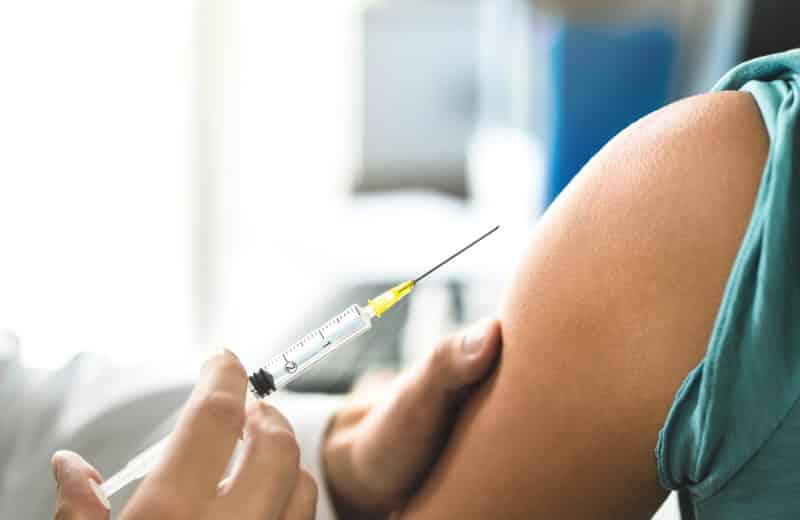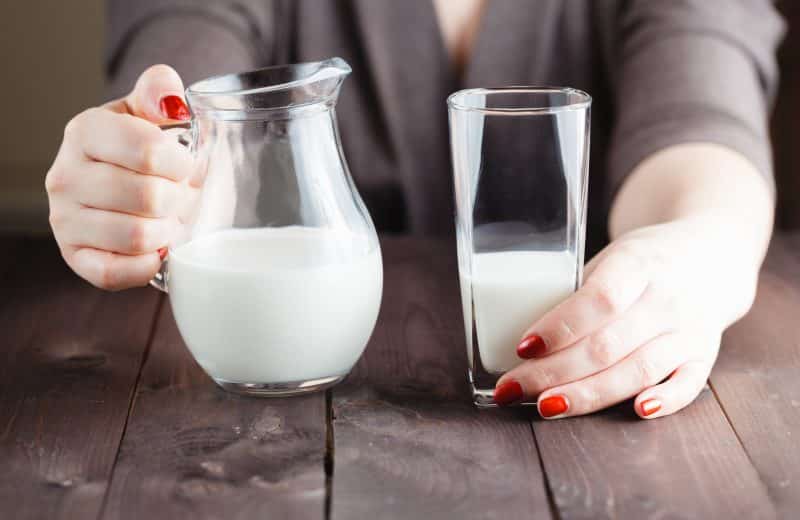By Karen Ansel, M.S., R.D., C.D.N., EatingWell.com
What you eat can help keep your blood pressure in a healthy range. And it’s not just about shaving sodium from your plate. The following tricks can help bring your numbers down naturally.
PILE ON THE PRODUCE
Foods like potatoes, beans and bananas are full of potassium, a mineral that blunts the effect of sodium on blood pressure.
“Potassium also relaxes our blood vessel walls, decreasing overall pressure,” says Rachel Johnson, Ph.D., M.P.H., R.D., Bickford Green and Gold professor of nutrition at the University of Vermont and an EatingWell advisor. “Unfortunately, the typical American diet is much lower in potassium than what’s recommended (and higher in sodium), so we really need to focus on improving that ratio.” Aim for twice as much potassium as sodium.
DO DAIRY RIGHT
Dairy delivers some sodium, but it’s our top source of potassium, and it’s rich in calcium, magnesium, whey protein and milk peptides, which synergistically work together to reduce blood pressure. Perhaps that’s why people who regularly eat dairy have lower numbers when the doctor straps on that blood pressure cuff.
Go low-fat or fat-free. A 2006 Hypertension study found that downing three servings of dairy a day reduced volunteers’ hypertension risk by 36 percent, but only for people who ate a diet low in saturated fat.
MIND YOUR WEIGHT
When you’re carrying extra pounds, you have a larger blood volume to pump through your blood vessels, increasing the pressure on your artery walls. Extra belly fat–even if you’re not overweight– also ups your risk of high blood pressure. While you can’t completely outsmart your genes, stay as close to your ideal body weight as possible.
In a 2013 Australian study, overweight people who lost 10 percent of their weight saw about an 11.3-point drop in systolic blood pressure.
BE ACTIVE
A fit heart doesn’t have to pump as hard to push blood (it’s a muscle, after all)–and that translates to less pressure on your arteries. You don’t have to become a marathoner, though, to reap these cardiovascular rewards. At least 30 minutes of moderate exercise a day, such as brisk walking five days a week, has been shown to lower systolic and diastolic blood pressure by 6 and 3.4 points, respectively.
NOTE: A healthy blood pressure level is less than 120 over 80 (systolic/diastolic).
(EatingWell is a magazine and website devoted to healthy eating as a way of life. Online at www.eatingwell.com.)












